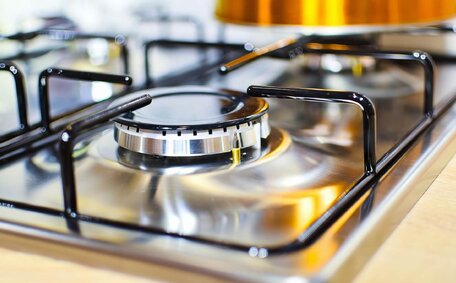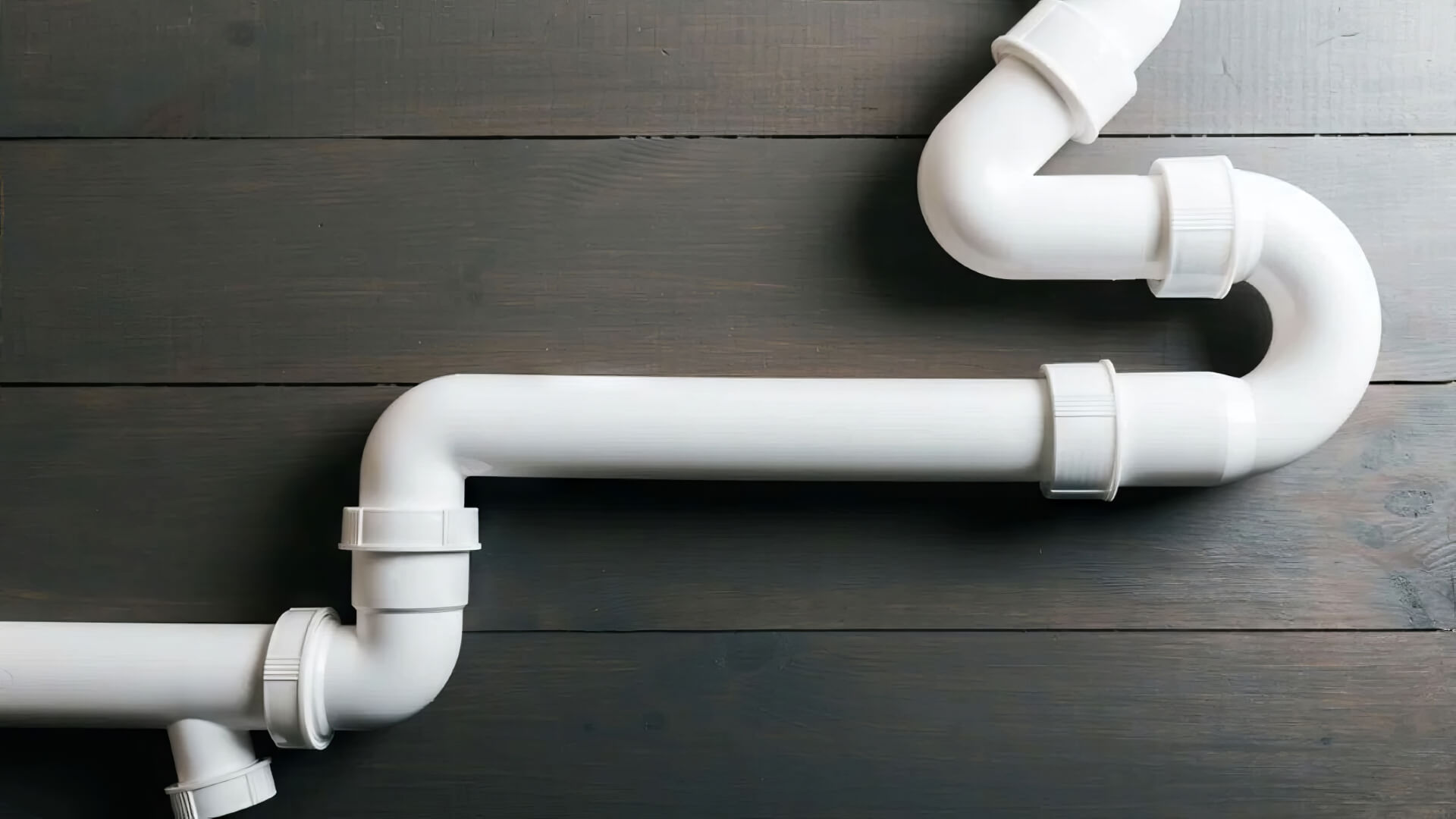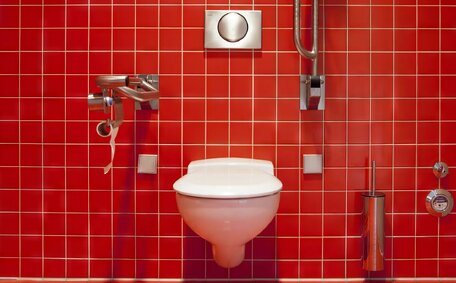Identifying The Cause Of Cold Tap Water
Encountering your hot water coming out cold when you most need it can be incredibly frustrating, and there are many reasons behind this issue. You turn on your hot tap expecting a nice warm water stream to wash your hands or fill up the bath, only to be Startled when you wonder why hot water system begins outputting cold water instead. Baffled at the reasons why hot the awaited warmth isn’t there?
There are a few potential culprits that can lead to your hot water suddenly running cold:
- Water heater problems - Issues with your water heater like sediment buildup in your hot water heater, a faulty heating element, or thermostat problems can prevent it from functioning properly.
- Pipe blockages - Mineral deposits, corrosion, or other debris in the hot water pipes can restrict flow, causing water pressure to drop and water temperature to decrease as it reaches your tap; an example of temperature inconsistency due to pipework.
- Faucet component failure - Worn washers, cartridges, or valves inside your faucet can allow hot and cold water coming tap to mix, resulting in an unexpected blend of hot cold water.
The initial move is to determine why hot system isn’t providing warmth as expected. See any visible leaks, Test water pressure at different water taps around your house, especially when you turn hot tap on, and inspect your water tap working status along with the water heater for any signs of malfunction. This should give you clues to determine cause, whether the issue lies with your taps themselves or something to check out vs.
the water pipes or heater.
From that point, start your troubleshooting – consider flushing your water heater if you suspect sediment issues, or replace old tap washers that might affect hot water come out. If dilemmas continue, a defect such as damaged dislodged parts might reside in your unit, with water coming out hot issues a plumber can fix.
Common water heater problems
There are several common issues that can occur with water heaters and disrupt your water supply:
- Sediment buildup - Over time, mineral deposits and sediment collect at the bottom of your water heater tank. This buildup insulates the water from the heating element, which can cause the coming out cold tap instead of starting to heat up.
- Faulty thermostat - If your water heater’s thermostat is not working properly, it may fail to signal when more heat is needed or overheat the water.
- Pilot light problems - Gas water heaters rely on a pilot light to ignite the burner. If this goes out in a tankless water system, the water won’t heat. Clogs or airflow issues in tankless hot water heaters can also disrupt the pilot light.
- Leaky valves - Worn T&P (temperature and pressure) relief valves or hot water shut-off valves that aren’t sealing properly will cause your system to lose hot water.
- Flow restriction - pipe corrosion, kinks and mineral buildup can restrict flow in the water line from the hot water out tap to your water heater.
If I noticed your hot water running out hot warmth quickly or not heating at all, the cause could be due to inconsistencies in your water heater’s output.
Make sure the pilot light is lit whether you have a gas electric heater, to help the water get heated properly. Also look for any leak your, strange sounds, or error codes that might prevent hot water from coming through your tap. This can confirm whether the issue lies with your water heating system before exploring other potential causes.
Impact of sediment buildup
Gradually, sediment from mineral deposits can amass at the bottom of your tank, impacting how efficiently the water can heat if there’s too much accumulation. As this gritty layer builds up, it creates a barrier between the water and the heating coils or elements—something owners what can do themselves. With less direct contact to transfer heat efficiently, Your tank’s ability to supply hot water without running out hot water to your house can be impacted.
Symptoms of sediment buildup include:
- Hot water that initially gushes but then switches to out cold water
- Diminished hot water pressure, or your low water pressure situation, at fixtures within your home’s plumbing system
- Discoloured or odd smelling hot water
- There no unusual water heater noise
- Higher energy bills from your system working harder to heat water
To prevent sediment problems, carry out your manufacturer’s annual recommendations and flush your water heater. This procedure eliminates accumulated grit and minerals, signalling when its time for your heater to function at peak efficiency.
If you already have a buildup issue, draining and flushing the tank are simple solutions to back up your water heater functionality. In severe cases with heavy deposits, replacement may be required. An annual flush takes only an hour but can safeguard your hot water system’s functionality for a long time.
Checking for pipe and faucet blockages
If Hot water your expecting goes cold, inspecting pipes and faucets for blockages is an important troubleshooting step. Begin by scrutinising the tap at your basin - a critical step in home improvement is to check tap your washers, faucet cartridge, and aerators for any debris, corrosion, or damage that could impede proper function or cause premature mixing of temperatures.
Also check your areas under the kitchen sink and along your pipes near exterior walls, where exposure to cooler temperatures could result in a frozen pipe, affecting the warmth of your cold water flow. Insulate any exposed pipes, including those prone to becoming frozen pipes, or showing vulnerability to the cold water pipe temperatures.
For low water flow at your kitchen sink or bath on both the hot and side your, turn off water at the water main and open the tap to alleviate pressure - any issues with the tap producing only cold water coming out tap may be resolved by clearing sediment to restore proper water flow coming out your fixtures.
if your hot water tap working suboptimally with low flow despite good cold water pressure, disconnect the supply lines under that fixture. if full hot water flow is restored through the disconnected line, the fault may lie with the cold tap your basin or fixture. Replace worn parts like washers or valves.
Persistently low hot water flow suggests a more serious complication, such as sediment in the heater or blockages in your water lines. Try draining/flushing heater tanks yearly and consider repiping older corroded lines if necessary to restore optimal flow rate, water pressure, and temperature.
Simple fixes for water temperature issues
There are several straightforward your DIY fixes you can try before calling a plumber to address cold water problems:
Replace Faucet Washers
If just one tap working cold with low hot water flow, perhaps worn washers are the troublemakers, and they’re straightforward to inspect and come out. Turn off cold water tap supply lines under the sink and perform a flow water side washer replacement.
Clean/Replace Aerator
Clogged faucet aerators can constrict water tap working cold and impede the stream coming tap from the faucet. Detach the aerator at the end of your faucet and clear out any debris that may be clogging water coming from your tap. Alternatively, swap in a new aerator.
Insulate Pipes
Wrap exposed pipes, ensuring coverage over end sections leading to your shower head with hot cold water transitions, with insulating foam sleeves. This prevents ambient temperatures from cooling pipe surfaces and the water inside.
Flush Water Heaters
I don’t mean to alarm you, but sediment buildup in your hot water tank can restrict heat transfer, affecting the hot water as it comes out. Once a year, drain 1-2 gallons from the tank’s drain valve to clear out grit.
Increase Water Pressure
For universally low hot water pressure at all fixtures, it’s crucial to inspect your system to see how the water comes out at differing pressure levels. Activate a faucet and observe your pressure gauge - if it dips below 45 psi, a plumber can help evaluate whether a booster pump is needed to help your hot water get to the desired pressure level.
Undertaking these fundamental troubleshooting steps can often resolve hot water issues, but to learn more about what you can rectify, a consultation with our team can be tremendously advantageous. but if you need help and problems persist, call your water supplier or local experts to pinpoint the issue and help you get hot water flowing again.
When to call a professional plumber
While many hot water issues can be addressed with basic DIY troubleshooting, there are certain situations that require a licenced professional plumber:
- You have no water coming out from any faucet after trying all standard fixes like relighting pilot lights, draining sediment, or replacing faucet washers.
- Low hot water pressure persists throughout your home even after inspecting supply lines, insulating exposed pipes, or adjusting water pressure.
- There are visible leaks or abnormal noises from your water heater tank, valves, or connections.
- You need to fully replace components like a faulty water heater, corroded pipes, or complex faucet internals.
- You have an electric water heater not heating properly due to element failure or thermostat problems.
For professional repairs or replacement of water heating systems and plumbing in Campbelltown, Sydney, contact our licenced experts at Campbelltown Plumbing on 1300 349 338 or [email protected].
With over a decade catering to the Campbelltown region, we’ve honed our skills to swiftly diagnose issues and get your home’s system up and running again. Good luck resolving your plumbing system issues, but remember, expert assistance from us is just a phone call away!






